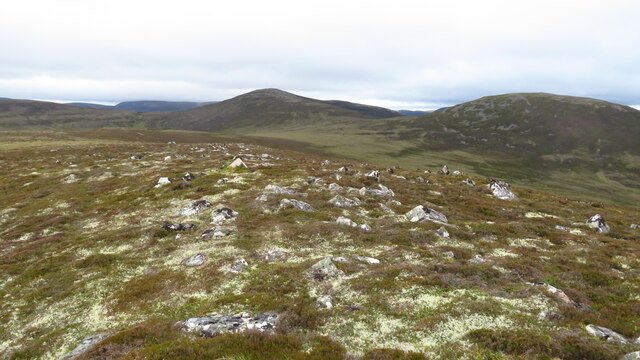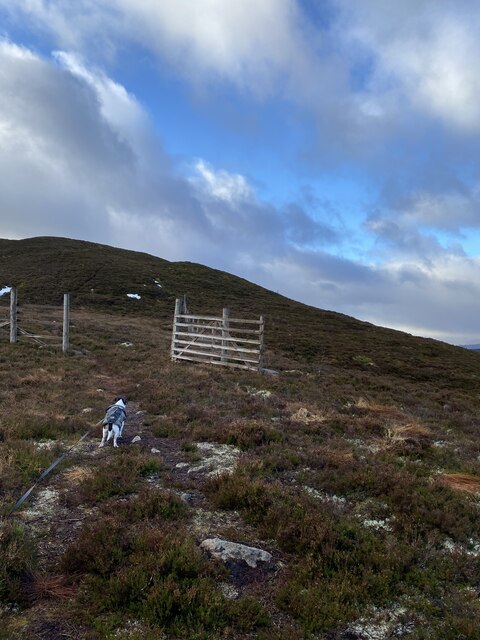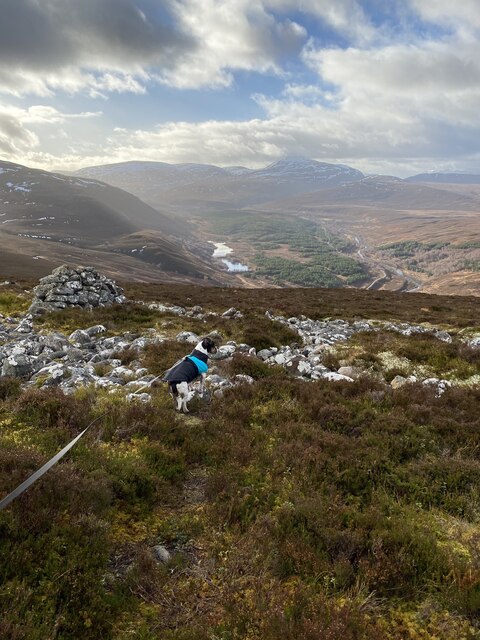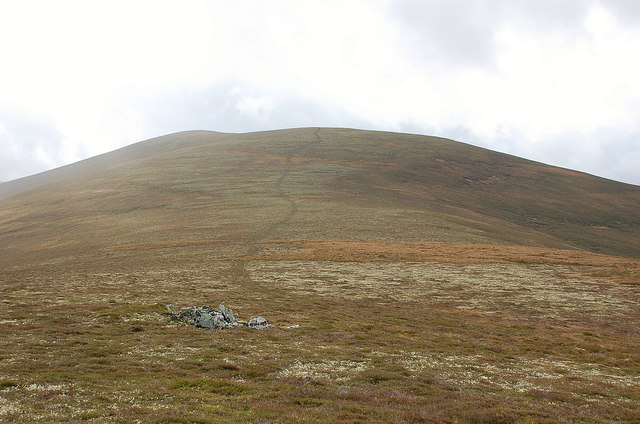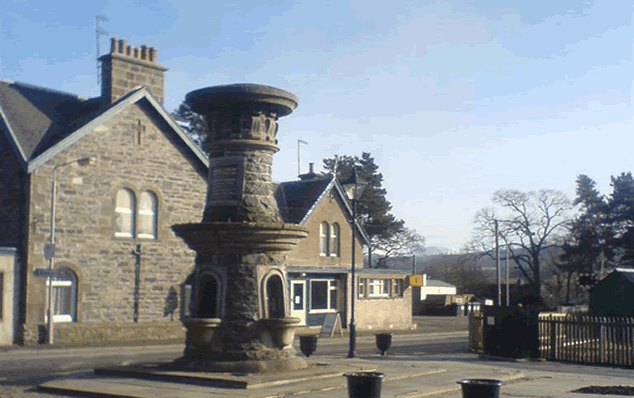Croidh-La
Hill, Mountain in Inverness-shire
Scotland
Croidh-La

Croidh-La is a prominent hill located in Inverness-shire, Scotland. It is situated in the western part of the county, approximately 15 kilometers southwest of the town of Fort William. Croidh-La is part of the Grampian Mountains, which are renowned for their picturesque landscapes and challenging hiking trails.
Standing at an elevation of 1,069 meters (3,507 feet), Croidh-La offers stunning panoramic views of the surrounding area. Its distinct triangular shape and rocky terrain make it a distinctive landmark in Inverness-shire. The hill is primarily composed of granite, which adds to its rugged and imposing appearance.
The ascent to the summit of Croidh-La can be challenging, requiring a moderate level of fitness and experience in hillwalking. However, the reward is well worth the effort, as on clear days, hikers are treated to breathtaking vistas of Loch Linnhe and the nearby mountain ranges, including Ben Nevis, the highest peak in the British Isles.
Croidh-La is also known for its rich biodiversity. The hill is home to a variety of plant species, including heather, bilberry, and crowberry, which add vibrant colors to the landscape. Wildlife enthusiasts may also spot red deer, mountain hares, and various bird species, such as golden eagles and ptarmigans, during their hike.
Given its stunning views, challenging trails, and diverse flora and fauna, Croidh-La is a popular destination for outdoor enthusiasts and nature lovers seeking to explore the natural beauty of Inverness-shire.
If you have any feedback on the listing, please let us know in the comments section below.
Croidh-La Images
Images are sourced within 2km of 57.029129/-4.0187443 or Grid Reference NN7794. Thanks to Geograph Open Source API. All images are credited.

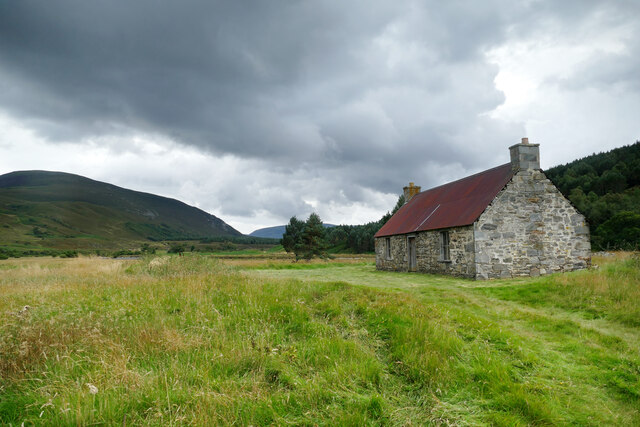


Croidh-La is located at Grid Ref: NN7794 (Lat: 57.029129, Lng: -4.0187443)
Unitary Authority: Highland
Police Authority: Highlands and Islands
What 3 Words
///professed.recline.wake. Near Kingussie, Highland
Nearby Locations
Related Wikis
Kingdom of Scotland
The Kingdom of Scotland (Scottish Gaelic: Rìoghachd na h-Alba; Scots: Kinrick o Scotland, Norn: Kongungdum Skotland) was a sovereign state in northwest...
Scotland
Scotland (Scots: Scotland; Scottish Gaelic: Alba [ˈal̪ˠapə] ) is a country that is part of the United Kingdom. It contains nearly one-third of the United...
Ruthven, Badenoch
Ruthven (Scottish Gaelic: Ruadhainn) is a former settlement in Badenoch, in the Highland council area, Scotland. It lies 0.5 miles (0.80 km) south of Kingussie...
Ruthven Barracks
Ruthven Barracks (), near Ruthven in Badenoch, Scotland, are the best preserved of the four barracks built in 1719 after the 1715 Jacobite rising. Set...
The Dell, Kingussie
The Dell is a shinty stadium in the town of Kingussie, Scotland. It is the home of Kingussie Camanachd and has been a shinty venue for almost 150 years...
Kingussie railway station
Kingussie railway station serves the town of Kingussie, Inverness-shire in the Highland Council Area of Scotland. The station is managed by ScotRail and...
Càrn Dearg Mòr
Carn Dearg Mor (857 m) is a mountain in the Grampian Mountains of Scotland. It lies in the Badenoch and Strathspey area of Inverness-shire, east of the...
Kingussie
Kingussie ( king-YOO-see; Scottish Gaelic: Ceann a' Ghiùthsaich pronounced [ˈkʲʰaun̪ˠə ˈʝuːs̪ɪç]) is a small town in the Badenoch and Strathspey ward...
Nearby Amenities
Located within 500m of 57.029129,-4.0187443Have you been to Croidh-La?
Leave your review of Croidh-La below (or comments, questions and feedback).

